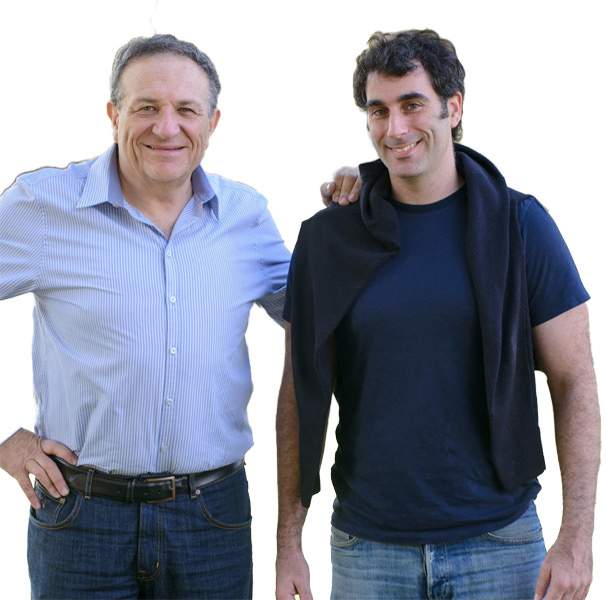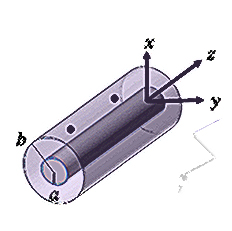
Even a perfect vacuum is not truly empty. If you could observe that vacuum on the quantum, atomic or subatomic scale, you would see a “bubbling soup” of "ghost" particles. Known as “virtual particles,” they randomly pop in and out of existence in the empty space; and they cause a phenomenon known as vacuum fluctuation. So, in a space that is completely devoid of any detectable radiation – that is, a vacuum existing at the temperature of absolute- zero – fluctuations in electromagnetic fields will still be taking place on a microscopic, quantum scale.
Though they are called virtual, these particles create real forces between atoms. If you place two atoms close together, they will change the local vacuum between them, creating fluctuations through virtual photons – light particles. The attraction between these close-together atoms is called the van der Waals force. Place the atoms farther apart, and you will still observe a slight pull between them. This is the Casimir force. Both of these forces are weak and often hard to measure.
Prof. Gershon Kurizki and research student Ephraim Shahmoon, of the Weizmann Institute’s Chemical Physics Department, together with Dr. Igor Mazets of the Vienna University of Technology recently suggested a way of enormously enhancing these forces – until they become a sort of “quantum glue” holding atoms together. In
their paper, recently published in the
Proceedings of the National Academy of Sciences (PNAS), the researchers considered atoms placed near a line of conducting material, similar to an ordinary coaxial cable used to hook a TV to a satellite dish. In the setup they envision, a virtual photon that is emitted from one atom would be confined so that it propagates in one dimension to the nearest atom down the line, where it would be absorbed, then reemitted back to the first atom and so on.
Having this exchange of virtual photons occur under one-dimensional confinement, rather than in everyday three-dimensional space, greatly increases the odds that the process will take place. The researchers’ calculations suggest that the attraction between atoms via virtual photons in the electric coaxial cable could be millions of times greater than that in three-dimensional space, transforming a normally weak force into potent " glue." This research was highlighted in the journals Physics Today and Nature Photonics.
If scientists manage to demonstrate such one-dimensional vacuum forces, their experiments could help us understand the phenomena surrounding virtual particles.
Prof. Gershon Kurizki’s research is supported by the Mary and Tom Beck-Canadian Center for Alternative Energy Research. Prof. Kurizki is the incumbent of the George W. Dunne Professorial Chair of Chemical Physics.

